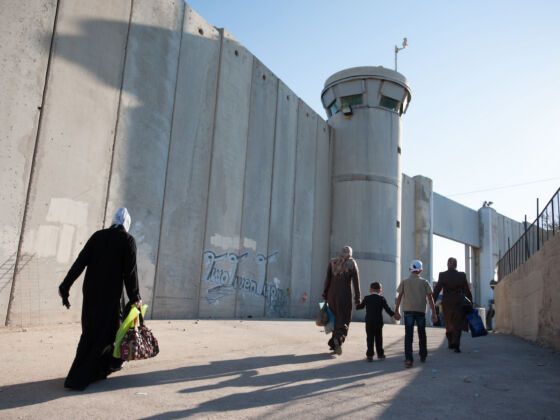“YOU’RE MAKING THE WALL LOOK BEAUTIFUL,” he said. “We don’t want it to be beautiful, we hate this wall. Go home.”
According to British street artist, Banksy, this is what a local Palestinian man in Bethlehem said to him in August 2005. Banksy had just tagged a segment of the separation wall that divides Bethlehem in the West Bank from Jerusalem in Israel.
